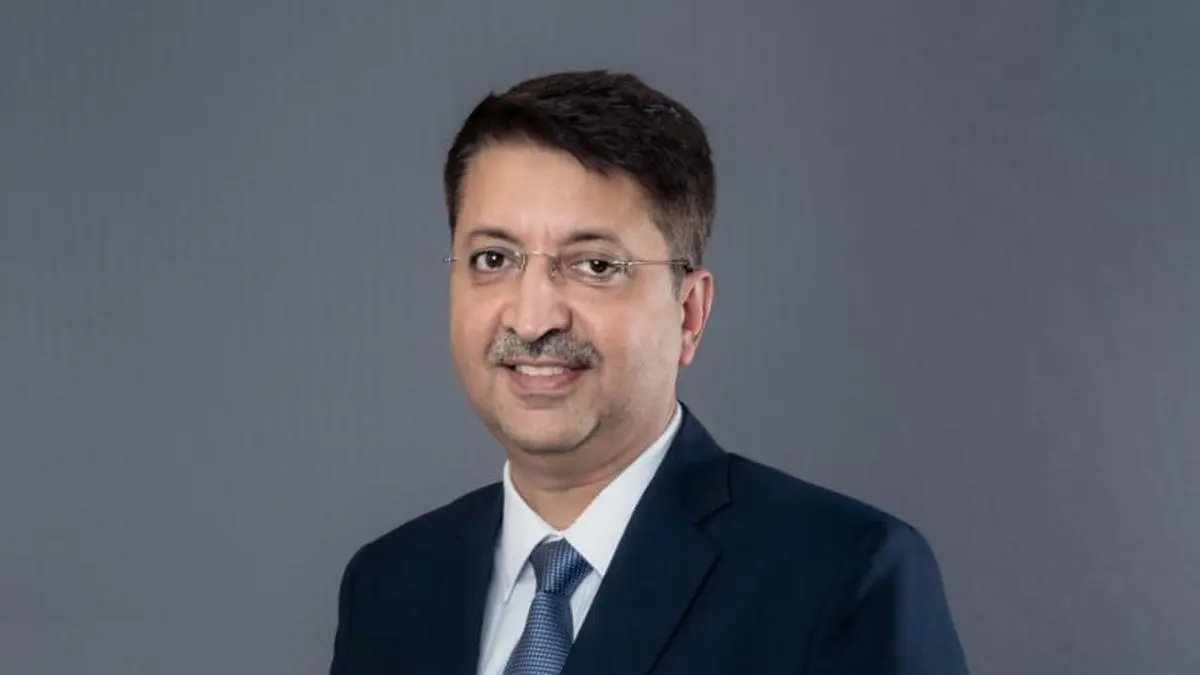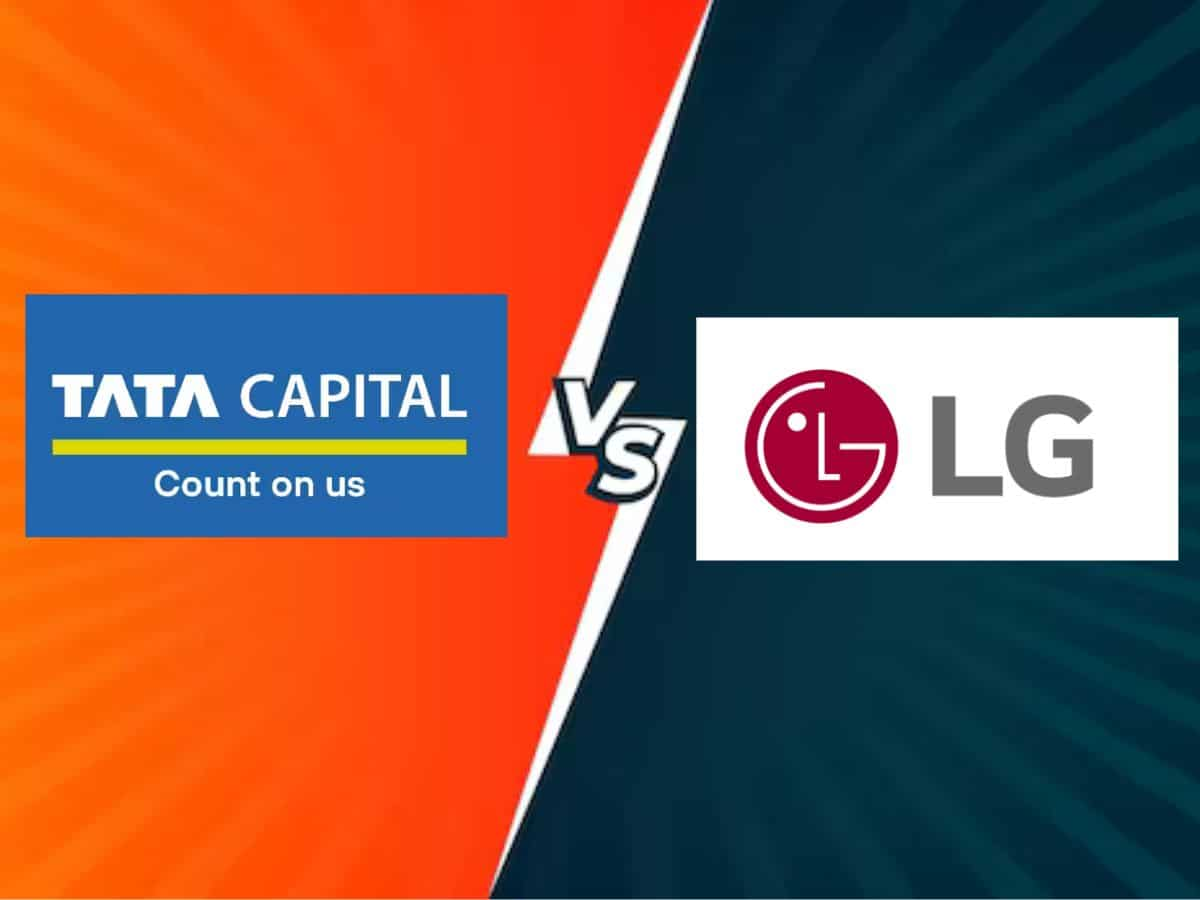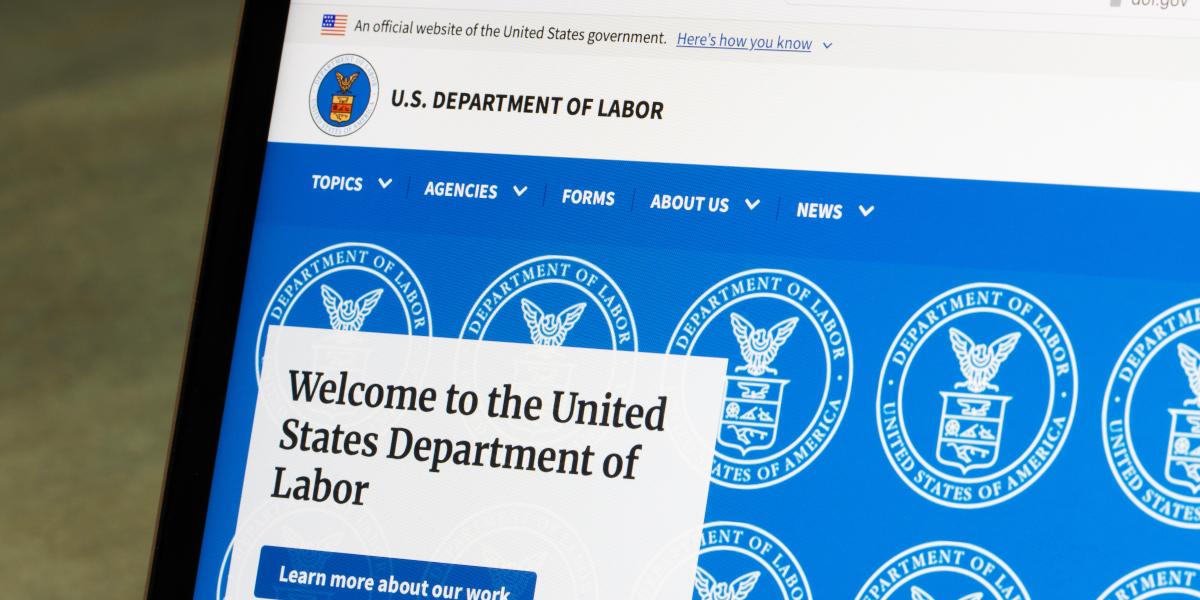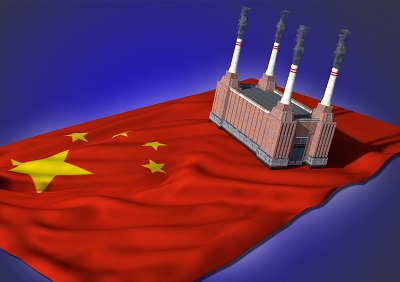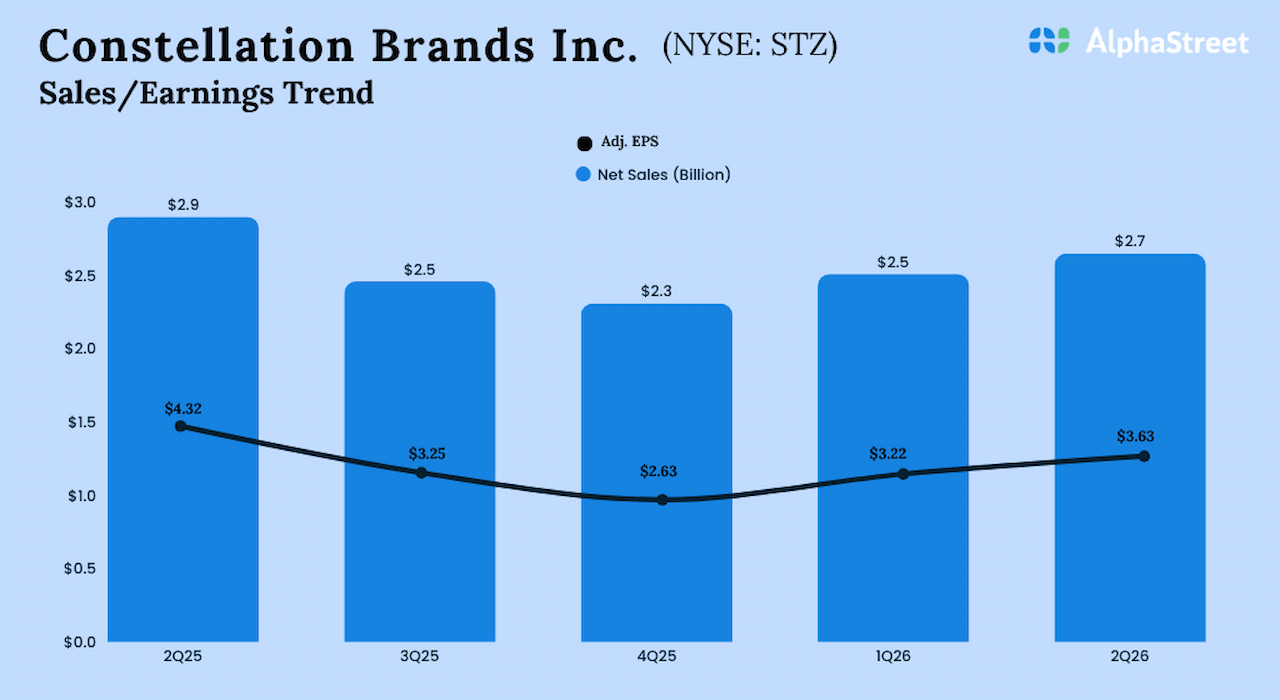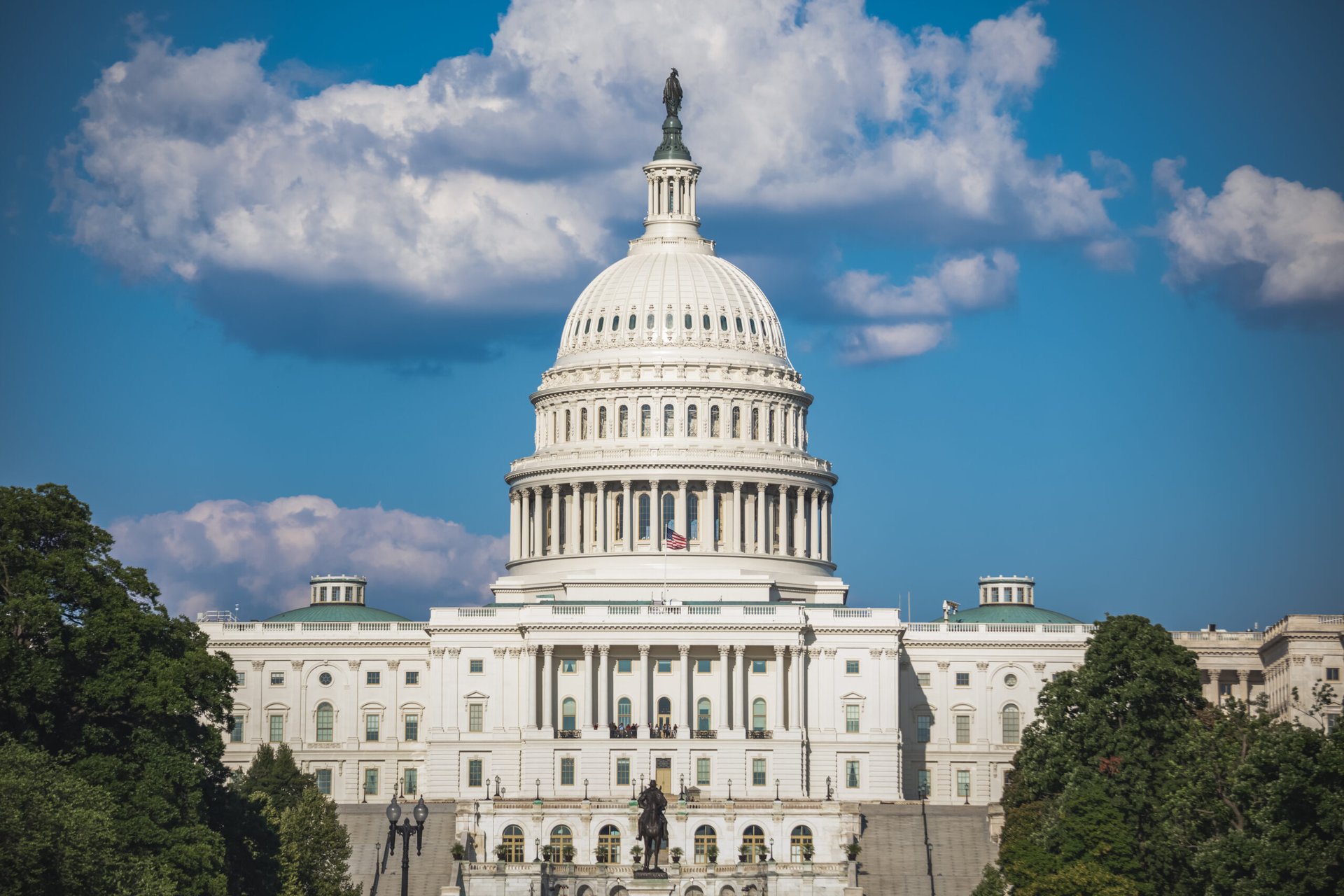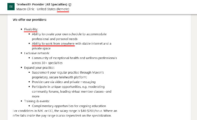In an interview, Chip Kaye, chief executive officer of Warbug Pincus discussed the underlying themes of the firm’s core investment strategy with ET’s Deborshi Chaki & Bodhisatva Ganguli. Vishal Mahadevia, managing director and head of India of Warbug Pincus, also shared his insights.
How are you navigating the current investment environment amid prevailing uncertainties?
Chip Kaye (CK): There are two really big differences in the global investing environment that are different from anything I have seen. The first is inflation, brought on to some degree by loose fiscal and monetary policy in the West, especially the US. And it has unleashed an inflation dynamic, which is something we have never really dealt with, for the last 40 years. We have largely lived in an environment of a secular decline in inflation and rates. Secondly, we now have a great global power conflict and again to some degree, one of the dimensions that created that disinflation, is now in reversal.
There’s a link between these two events that I think has created a different environment. And all of us are now having to learn how to adjust to that. So I think the world is at a more uncertain moment which I don’t say is dark or pessimistic, but rather, it will create a different challenges that we’ll all have to respond to in some way and find a way to navigate.
“I think the world is at a more uncertain moment which I don’t say is dark or pessimistic, but rather, it will create a different set of challenges that we’ll all have to respond to, in some way and find a way to navigate”
In the backdrop of 500 bps cumulative rate hikes by the US Federal Reserve so far, do PE funds like yourself also see opportunities in some sectors and geographies?
This has probably been one of the most rapid rises in interest rates in a long time. So part of the uncertainty is that we don’t yet know how exactly all this is going to play out as there tends to be lags. I think there is a dominant narrative that says that at some point, there will be this recession and then rates will fall. There is obviously another narrative which says that a potential recession may be shallower than people tend to think but inflation will prove stickier, higher and therefore, interest rates will remain higher over longer periods of time. That to me is the uncertainty that lurks but it’s largely a situation in the US and Europe and frankly much less in Asia. This inflation and higher interest dynamic is not something that’s really at play in Asia.So you feel that Asia is better placed than the West in tackling the current situation?
CK: I would say this inflation story, which is in part a function of government policy response to the pandemic, which read it as a demand shock, has in fact, created a supply issue by virtue of loose fiscal and highly accommodative monetary policy is largely a western phenomenon. Asia didn’t do that. It wasn’t really available in its toolkit. So I think while this inflation story dominates a lot, it’s less an Asian story than it is sort of a US and Western one.
Vishal Mahadevia (VM): I would like to add here that dealing with such a rapid rise in interest rates is a lot tougher because it takes a while for sellers and buyers to adjust. But you still have around $2 trillion of dry powder in the private equity industry globally. So there has been a lot of capital that is raised, that is sitting on the sidelines. And I think it just puts the onus not only on us, but on the entire industry, to think more creatively about how we make investments, find investments, and generate those returns.
How does India stack up as a market in your priorities currently? Do you feel there is a problem of too much money chasing fewer assets here?
CK: The India story feels like a more compelling one. It’s a place where we obviously have a long history and I suspect that the scale of our business here will only continue to grow. India represents the second largest exposure in our private equity business outside the US. As for the question of too much money, I would say the opportunity for differentiation is higher for us. And I think for an institution like ours, that goes back 50 years, we have lived through these moments in the past and while we never feel like we can forecast our way through these things but we know how to work our way through them.
What is the element of differentiation that Warburg Pincus can provide?
VM: I think for us, the core differentiation has always been the growth-oriented nature of what we do. Our ability to find talented entrepreneurs with whom we can grow and build businesses. And that growth focus, especially in a world we just talked about, is in a way leaning against some of those trends. What is really going to matter ultimately is your ability to grow the underlying earnings and that’s where our core strength lies. I would say the power of the global franchise is a definite differentiator whether we’re doing a deal in India, US, Europe, China or Brazil. Entrepreneurs look to us, because more companies are now global than before.
CK: There’s an institutional memory that sits in the place of having navigated through difficulty. I think that for a lot of investors, especially anybody who has grown in the last 15 years, the only mistake they think they have ever made is what they didn’t do.
How has India evolved as a market over the years? Are there any transformative changes you are witnessing?
CK: If I go back and think about our starting point here in the mid 90s, obviously, India looked rather different. India at that time had a very high real cost of capital as interest rates were sort of controlled administratively. It had the perverse dynamic of making assets trade somewhat cheap. But it also made entrepreneurs incredibly adept at the use of capital. So what we saw first was the opportunity to go buy franchise businesses that had very powerful return on capital, and good growth rates, but were trading cheap relative to this dynamic of high real rates, with a view that it might change. The second insight was to realise that that lack of access to capital prevented a new class of entrepreneurs from building their vision. And our introduction to Sunil Mittal and Bharti Airtel was the most obvious of those. From where it was, our capital and also from others propelled the growth of the business (Bharti) from 20,000 subscribers when we met to where it is now. Obviously, India is a very different place today.
What’s been your experience with regard to the changing mindsets of Indian entrepreneurs from where you started?
VM: India was very different back then when we first came in, but who you do business with in India has always been, in our opinion, more important than what you invest in. And I think that stays true today.If you want access to capital, at good valuations with good investors, you have to have strong corporate governance. And so it really is a function of them responding to the market. There isn’t an entrepreneur who probably isn’t thinking, why am I not raising private equity capital? How do I get access to that? So the market has expanded dramatically. And because of the need to attract capital, I think the corporate governance standards have just changed. There is a lot and still that needs to be done. It’s not perfect. It’s not perfect anywhere in the world. But there has been a pretty dramatic change.
Are there any obvious risks which you would say the country should watch out going forward?
CK: One of the things I worry about is developing a complacency about the future and I worry about it anywhere, not just India. In a world of uncertainty, the India story is a compelling one. But the translation of that opportunity into reality is going to take some amount of hard work and luck. Having observed India for a long period of time, I can say that it tends to go through these mood swings of excessive optimism and pessimism about the future. And as I’ve said the narrative of the basic story is a pretty compelling one. But there are lots of things that need to happen in order for that to all become true.
Which sectors look attractive to you at this point in time ?
VM: We have invested across a number of sectors, but I would say few key themes stand out prominently. Financial services is one of our largest plays, which for us is all about serving the underpenetrated Indian consumer and small businesses. I think Covid-19 has changed a lot of things, but it changed consumer behaviour the most. The shift of consumers from unbranded to branded and unorganised to organised has accelerated. Also, technology and IT services is another key theme. Manufacturing too is becoming a bigger theme for us. And lastly, we feel that healthcare which has a consumer dimension to it will see significant growth.
What’s your view on current valuations?
CK: I think, in aggregate, global valuations have not yet really adjusted to what might be the new regime, none of us obviously know what that is. And I think India suffers from that same dimension, but in a different way. Because I think the macro backdrop is very different here. I think in general, the valuation environment in India still feels challenging. But I think if you’re waiting for it to be cheap, it’s not going to happen. And so, as always, the opportunity is being able to, you know, fine tune, you know, calibrate where those points lie, and where they feel compelling.
VM: If I can add to what Chip said, India feels like it goes through a cycle of valuations, it’s either very expensive, or it’s expensive. It’s never cheap. But India is different because there is so much opportunity. So if you pick the right entrepreneur, and you help them build the right business, I think you still have a chance to make terrific returns. And that’s not true in many other places. And so, that to us has always been compelling about India.
Are you looking at more control deals than before?
VM: We are also prepared to invest without control, or we are agnostic to it. We want to have a relationship with management where we are seen as their strategic financial partner. I think the question as to whether it’s control or not is more a function of the evolution of the environment than it is about our preferences. In the first generation of investing in India, you wanted to sort of hook yourselves to the entrepreneurs who were growing businesses. And as the environment matures there will be more private equity control. And we are going to play there as well. So we’re prepared to be in both. It’s more what the situation demands than what has been sort of a predefined objective that we have.







